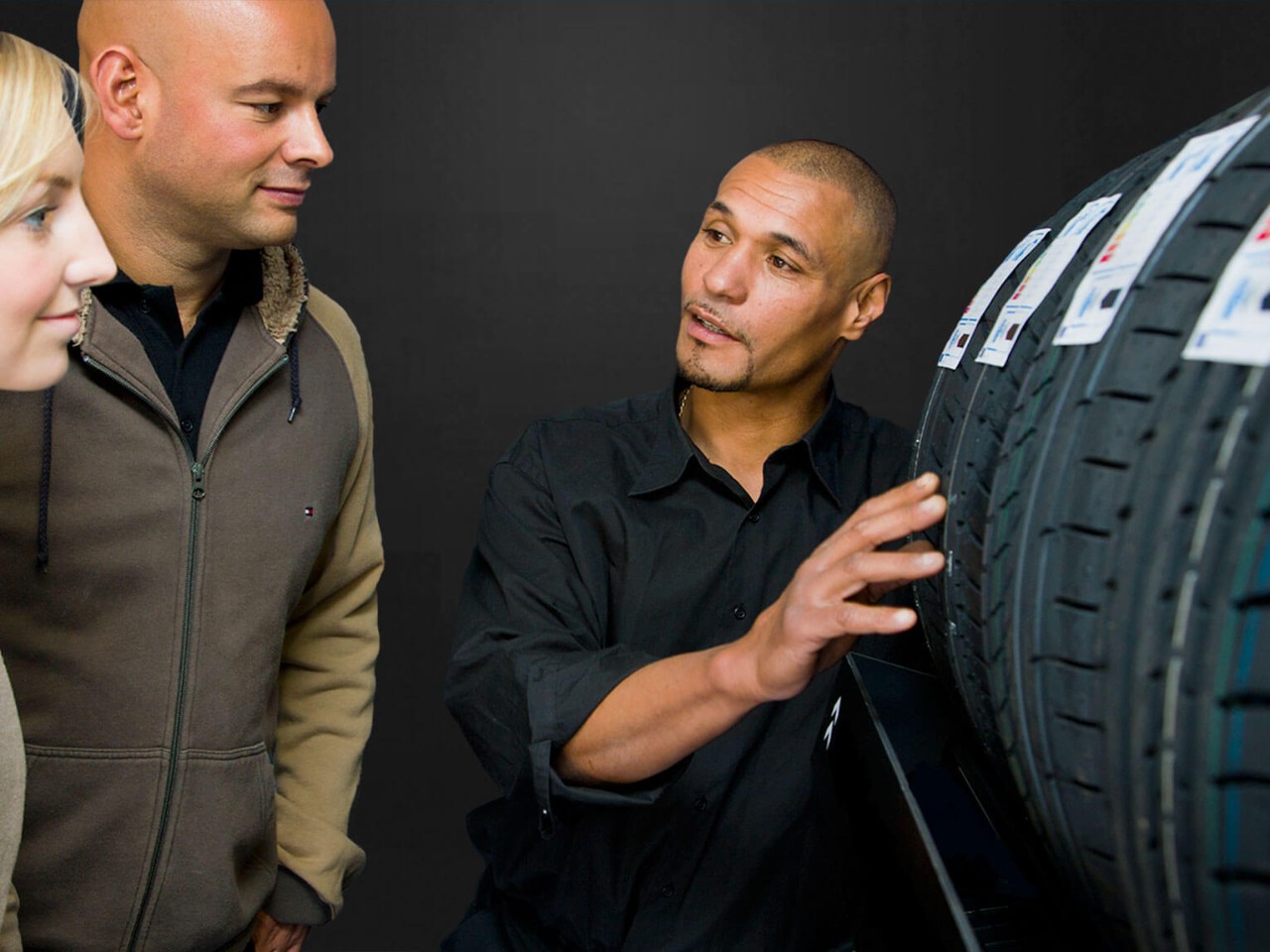There’s no escaping it: at some point you will probably have a flat tyre. Fortunately, a flat tyre can be repaired. This just depends on how bad the puncture is, and whereabouts it is on your tyre.
If the puncture is fairly minor (less than 6mm) and confined to the central tyre tread, it should be repairable. However, if the puncture is close to or on the sidewall of the tyre, you will need to replace the tyre. The tyre’s sidewall upholds most of the car’s load, so if this is compromised, you will be at an increased risk of tyre failure.
If you're driving on a tyre that continuously loses air or has a puncture, it’s very important to get it inspected immediately by an expert – not only for your safety, but also because driving on a flat tyre for even a short distance can ruin it.
Only run flat tyres allow you to continue driving on a flat tyre for a short distance at a maximum speed of 50mph. For more information, read Goodyear’s guide to repairing run flat tyres.
1. Sharp Objects – a nail, a sharp piece of metal or piece of broken glass are some of the most common sharp objects which can become lodged in your tyre. This could lead to a flat tyre quite quickly, or a slow puncture over time. Either way, you should have the damage looked at by a professional who will be able to repair it or recommend a replacement.
2. Bad Road Conditions – if you hit a pothole or even just find yourself on a particularly uneven road, the conditions could lead to a flat tyre. That’s why it’s so important to look after your tyres as well as you can.
3. Valve Stem Leakage – you may suffer damage to the valve stem which will leak air from the tyre if it is compromised.
4. Incorrect Tyre Inflation – it’s important to maintain tyre pressure for many reasons, but also to avoid potential flat tyres. An overinflated tyre could be susceptible to a sudden failure. It is always best to drive on the correct tyre pressure for your vehicle.
5. Bead Area Leak – the tyre bead is the edge of the tyre resting on the rim. If there is a leak here, it can cause the tyre to become flat over time.
6. Damaged Rims – hairline cracks on the rim of the wheel can also cause loss of air.
If you are driving and you become aware that you have a flat tyre you should come to a stop as soon as possible in a suitable and safe location. You should not continue driving as this could exacerbate the damage leading to you needing to replace the wheel as well as the tyre.
If you are confident enough to use a temporary repair kits or tyre sealant yourself, this could help you drive onwards to a local tyre dealer who will be able to advise further. You should not drive far before seeking expert help.
Alternatively, if you have a spare tyre, you can replace the punctured tyre with your spare tyre and drive onwards to a local tyre dealer to fix or replace the punctured tyre.
If you’re not confident of using a temporary fix, you should contact your breakdown support service.


Noticing a continuous loss of air pressure? You’ll need to find where the leak is before you can fix it.
Check for a screw, nail or other kinds of debris sticking out of the tyre. If not, finding the source of the leak can be a little bit difficult - but we have a trick that will help make this easy.
Fill a squirty bottle with a vegetable base soap and water solution or tyre manufacturer approved leak detector liquid.
Inflate the tyre and then spray the entire tyre with your bottle full of cleaner.
Watch out for a small volcano-like eruption of bubbles right where your puncture lies as the cleaner runs down the tread of the tyre.
Now that you've found the hole in your tyre, we recommend getting a qualified professional to inspect the tyre repair if it’s possible. Take a look at our dealer locator to find a tyre specialist near you.
Even if you have a slow puncture causing your tyre to go flat very gradually, it’s important to get that fixed as soon as you can. With slow punctures, it can take days or weeks before you really notice it, but as soon as you do, you should look to get your tyre fixed.
By taking your tyre to a specialist, they will be able to tell you if your tyre needs replacing or can be repaired.
Your local tyre garage will be able to:
